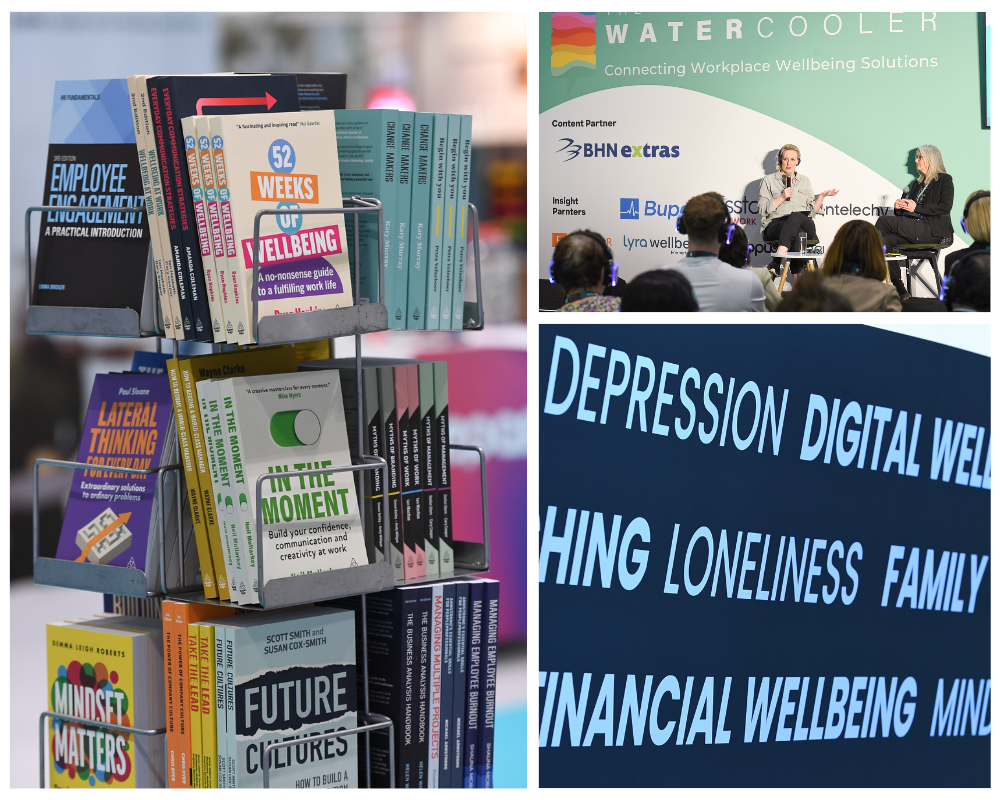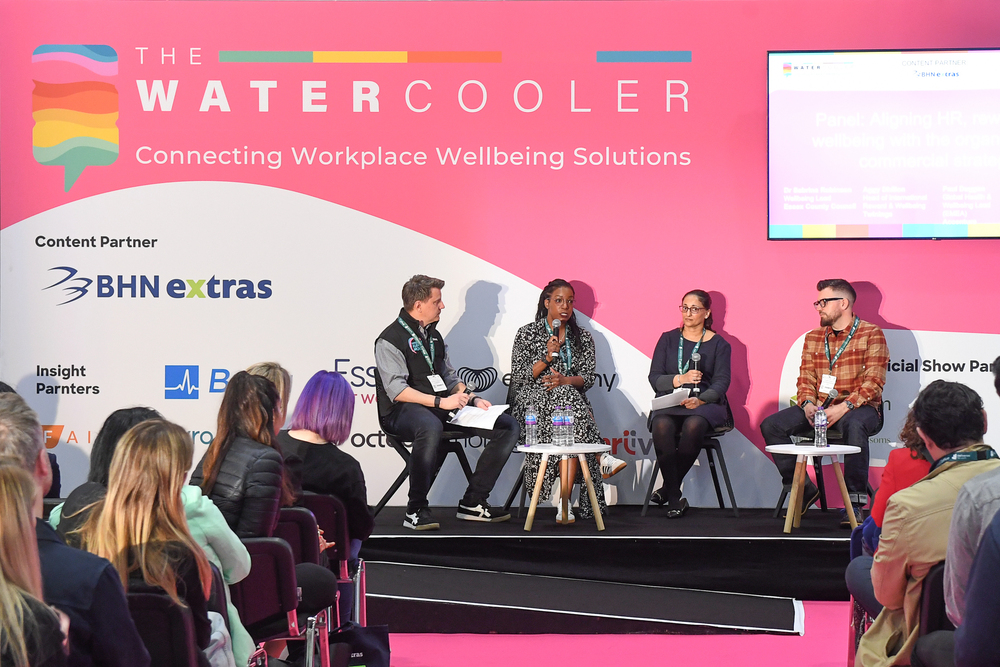Reactive workplace wellbeing strategies are not working. With the majority of workplace wellbeing support programmes overly reliant on low engagement Employee Assistance Programmes (EAPs) and reactive support measures such as helplines and Mental Health First Aiders (MHFAs), a new approach is needed.
While these resources can be valuable, they often fall short of providing a truly effective prevention-based solution. It’s becoming increasingly clear that a more inclusive ecosystem of support that fits the needs of the workforce is needed. To be honest, our employees deserve better when it comes to mental health.
Employers have a duty of care relating to the mental wellbeing of all employees, and it’s time to uplevel our commitment and approach towards mental health at work. Here’s how to do it.
How to create a prevention-oriented mental wellbeing strategy
It’s not always easy to know where to start. Often, HR and wellbeing leaders are left scratching their heads with a mismatched arrangement of legacy systems and solutions that have been implemented over time with all the best intentions, but which are now inadequate for the needs of the organisation.
To create effective mental wellbeing support for a workforce, we need to unpick all these legacy solutions and adopt a framework that takes us beyond reactive measures. We need a more inclusive, digitally powered, prevention approach – and a structured methodology to develop this.
A mental wellbeing focused framework
As Alison Bell, people and corporate affairs director at MTR points out, “A structured framework provides a systematic approach to addressing mental health concerns and ensures that appropriate support is available to those who need it.”
Here’s how to create your mental wellbeing framework in three steps:
Step 1: Understand the current situation
The first step is to understand the current state of mental wellbeing within your organisation. This requires gathering data to assess mental health needs and identifying gaps and risks in your current approach. With this knowledge, an action plan can then be developed to meet these identified needs.
Tim Barker, Kooth CEO added: “Before investing in mental wellbeing support, our Kooth Work team advises employers to benchmark the current status of their workforce’s mental health and needs. With this insight it is possible to develop a support strategy that closely fits the needs of your organisation and has the capacity to be far more effective at making measurable improvements.”
Step 2: Support employees
With a clear view of what is needed, it’s time to focus on supporting your employees by building a highly effective ecosystem of mental wellbeing solutions that meet their needs and achieve your objectives. Providing a range of support options is crucial because everyone’s needs are unique. As Idris Arshad, people & inclusion partner at St Christopher’s states, “People want personalised support … for some, support is a simple ‘how are you?’ from a manager, and for others, an intervention from mental health professionals is needed.”
Step 3: Improve mental health and wellbeing
The third step focuses on improving the overall mental health and wellbeing of your organisation by monitoring impact through reporting, taking positive action by engaging employees and tackling key issues. Data and insights from reporting can then be used to build business cases for investment in mental wellbeing and create a better level of understanding in your next planning cycle as a continuous improvement process.
Thinking beyond reactive support with a prevention focused mental wellbeing framework
Be proactive and make support easy to access
We wouldn’t wait for an employee to ask for access to an email system, or a computer or a phone, or any other tool that they need to do their job well. Think of providing access to your mental wellbeing support in the same way. An ecosystem of support is needed, including excellent tools and solutions available up front, without question, and easily accessible for any employee who needs them.
To reflect this, a key aspect of your framework should be a focus on prevention and taking a proactive approach to mental wellbeing. By gaining visibility of any potential stressors early and equipping employees with effective support tools, you can easily transition from a reactive to proactive strategy and help nurture positive mental health from the start.
Your objective isn’t just about minimising sick days or boosting productivity – it’s about building a healthy culture of care and understanding.
Arshad notes that; “Having a framework helps you to know what you are doing in a field where we are not the experts. It helps with the consistency of support, allows transparency and in turn, hopefully, an increase in people taking up the support.”
The importance of digital support options
Incorporating evidence based digital tools into your mental wellbeing framework is vital. Digital tools offer accessibility, flexibility, and anonymity, extending support beyond the workplace and working hours. They can also complement traditional therapeutic options, offering employees choice in how they want to interact with their mental wellbeing resources to suit their unique needs. Bell notes that “Providing digital options to support mental wellbeing and aid reporting is crucial.”
Arshad adds: “It’s important to know the impact of mental wellbeing support as this should be what drives improvements of frameworks, processes and interventions. If something is not helping we need to know and we need to change it. If the reporting is not there, we will go by our bias and just think everything is okay when really it is not.”
An opportunity to uplevel our approach
Enhancing mental health support at work is not just a duty – it’s an opportunity to create a healthier, happier, and more productive team. Karen Beaven, Director at Reignite HR, sums up why this is important: “Investing in employees’ mental wellbeing isn’t just good ethics – it’s good business. When employees are healthy and happy, they’re more engaged, more creative and more productive and there’s a stack of research out there that proves it.”
Bell concludes that, “Overall, having a framework for mental health support, along with an understanding of digital options, helps organisations create a supportive environment, address mental health concerns proactively, and provide accessible resources for employees to manage their wellbeing effectively.”
So, are you ready to uplevel your approach to mental wellbeing at work and cultivate a culture that really values mental health?
Remember, it might be difficult to know where to start, especially if you’re stuck with a suite of legacy solutions, but don’t let that stop you. Every journey begins with a single step.
Download the ‘how to’ guide for building your workforce mental wellbeing strategy.

















